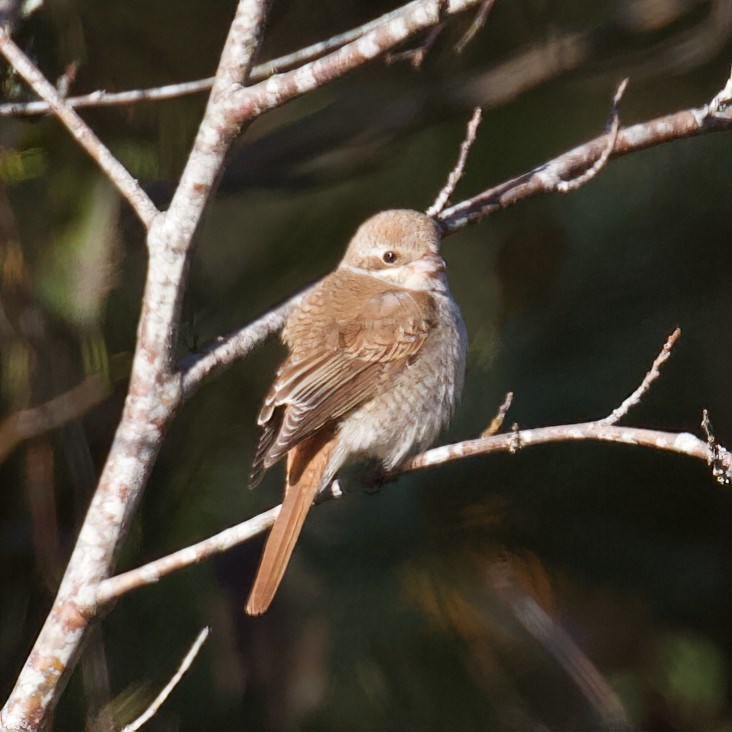The shrike family consists of 33 species, largely confined to Eurasia and Africa, with only two species in North America and none in South America. Shrikes are anomalous in that they are a carnivorous songbird, which sounds like a paradox. A vernacular name for the shrikes is “butcherbird” and the Latin name for the family is Lanius meaning “butcher.” The name is derived from a common habit of the shrikes which is to impale their prey such as large insects, lizards and small vertebrates including birds, on sharp objects like tree thorns or barbed wire. Once impaled, the shrike can then easily butcher the prey.
The two North American species are the northern shrike and the loggerhead shrike. Loggerheads are associated with open grassland and migrate north to breed on the Prairies, and are only rarely recorded in B.C. as a migrant. Northern shrikes mainly breed north of 60 on the Arctic tundra and migrate south to winter across the northern U.S. and southern Canada. They are a very uncommon winter visitor and migrant on the Sunshine Coast with only 2-3 reports per winter and it is a very good day’s birding on the Sunshine Coast if you observe a shrike.
In 2019 a third species of shrike was observed in B.C. This visitor from Asia was a brown shrike, an exceedingly rare bird in continental North America with only a couple of records. Unfortunately the bird was on a military base west of Victoria with no public access, so not available to birders. Then on Oct. 22, Ivan van Veen, a Powell River birder, observed a shrike on an empty lot on the outskirts of town. He initially wrote it off as an immature northern shrike, easily understood as they are all very similar. Overnight, Ivan was uneasy with his original identification, so went back the next day and fortunately refound the bird and photographed it. The initial identification was a probable brown shrike, which was unlikely enough, but the excellent photographs were circulated among the world’s shrike experts who came back with red-backed shrike.
Meanwhile, the bush telegraph of the B.C. Bird Alert was buzzing with reports of the brown/red-backed shrike and B.C. birders were planning to drop everything and make their way ASAP to Powell River. For Sunshine Coast birders Powell River is a relatively easy trip but others made more arduous journeys. When I arrived at the empty lot in Powell River along with other Sunshine Coast birders, there was already a gaggle of people there. The bird had been seen briefly earlier in the morning, so there was hope that it was still around. We did not have long to wait as the shrike obligingly sat atop a buddleia for all to see.
The bird was definitively identified as an immature red-backed shrike, only the second ever recorded in North America, with the first on Gambell, a remote outpost in the Aleutian Islands. How the bird came to be in Powell River will remain a mystery as it’s supposed to be in east Africa at this time of year. To report your sightings or questions contact [email protected] or 604-885-5539. Good Birding.



